The Basilica of St. Peter in the Vatican
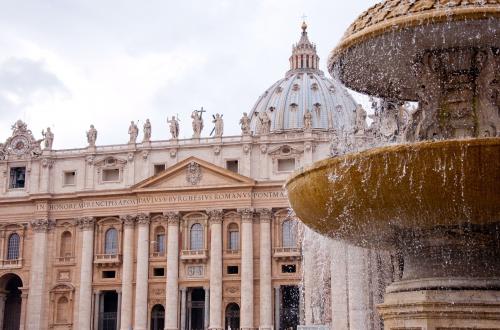
 Condividi
Condividi
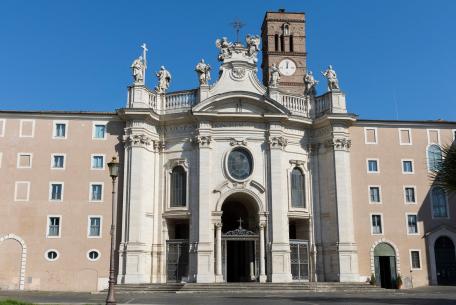
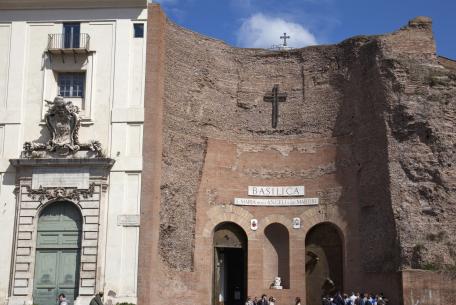
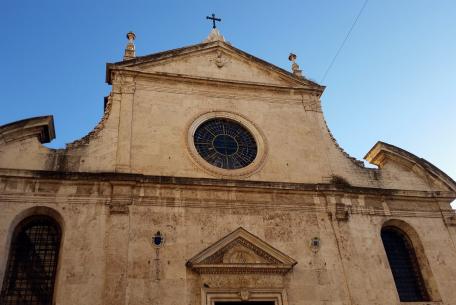
Santa Maria del Popolo is one of the most significant buildings of the Roman Renaissance
[...]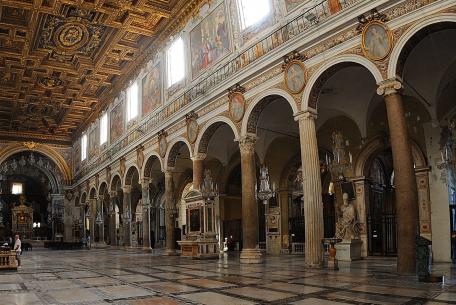
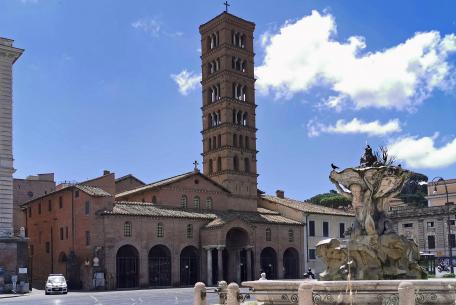
The first news relating to Santa Maria in Cosmedin dates back to the 6th century AD.
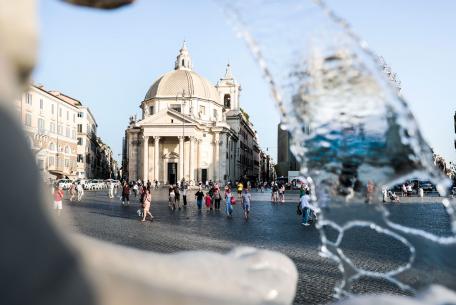
Located between Via del Corso and Via del Babuino, the Basilica owes its name to a previous small church
[...]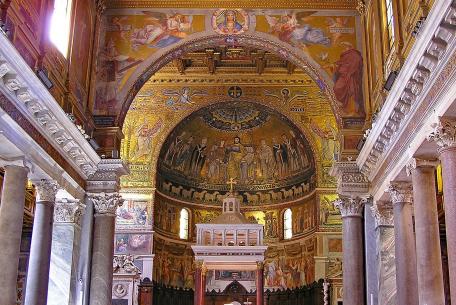
The Basilica was probably the first official place of Christian worship in Rome.

Situated on the summit of the Esquiline Hill, although enriched by subsequent renovations, St.

Founded in the VII century, over the ruins of a temple presumably dedicated to Minerva Calcidica, the basilica was rebuilt in a Gothic style in th
[...]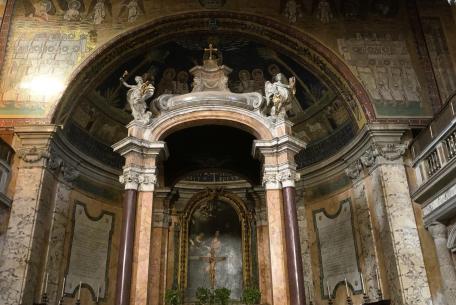
Located in the Rione Esquilino, the Basilica of Santa Prassede was built by Pasquale I in the ninth c
[...]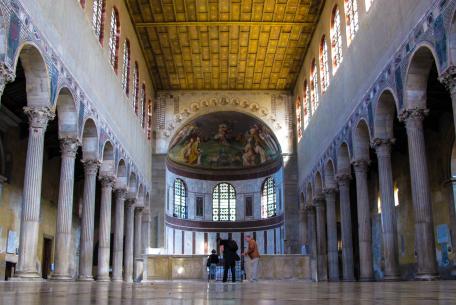
Saint Sabina was founded by Peter of Illyria, a Dalmatian priest, in 425.
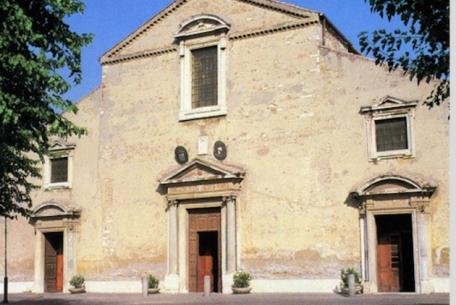
The basilica of San Pancrazio stands on the Janiculum hill, and is one of the minor basilicas of Rome.
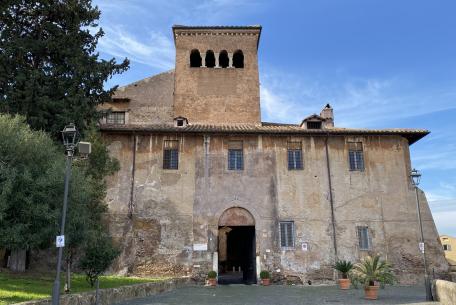
A medieval fortress in the centre of Rome.
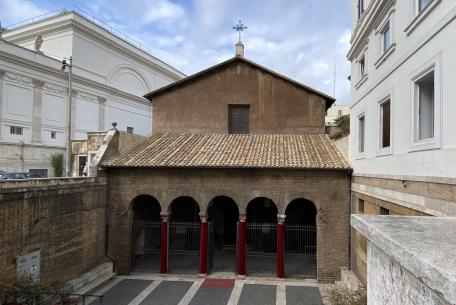
On Via Nazionale, next to Palazzo Esposizioni Roma, a steep descending stairc
[...]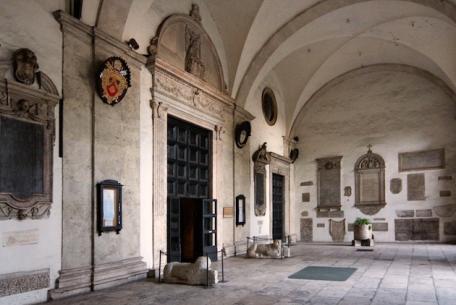
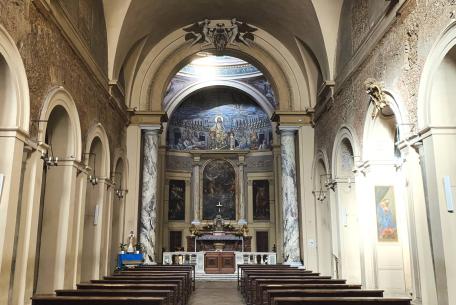
The basilica of Santa Pudenziana al Viminale near Santa Maria Maggiore is one of t
[...]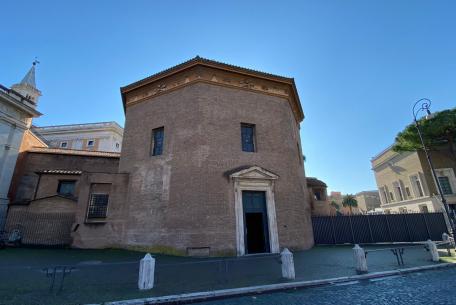
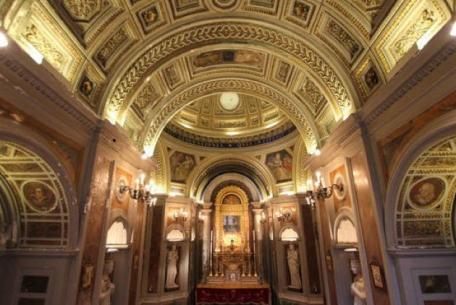
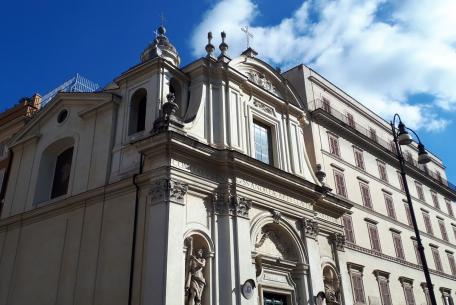
The church of Santi Andrea e Claudio dei Borgognoni is located in Piazza San Claudio, in the Trevi district<
[...]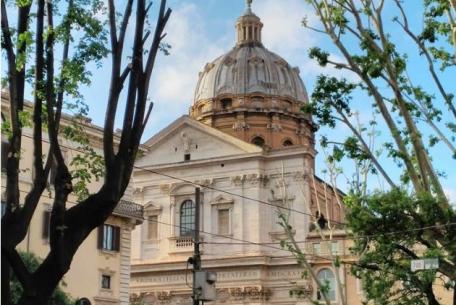
The church of San Biagio e Carlo ai Catinari is located in the Sant'Eustachio district, n
[...]

The church is now a masterpiece of the Roman Baroque style but its origins date back to the 7th century, when Pope Honorius I dedicated a sacred building to St Mar
[...]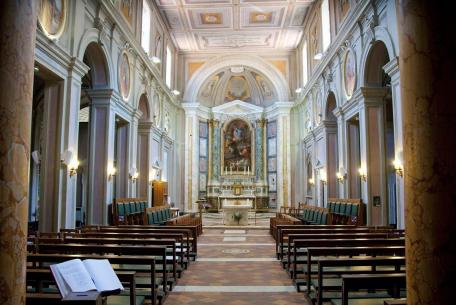
It is one of the churches of Rome that are invisible from the street, surrounded by the Rione Borgo’s ta
[...]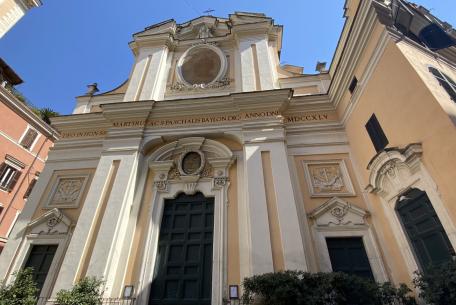
It is scenically located in a recess of a long street of the Rione Trastevere which ends, at a
[...]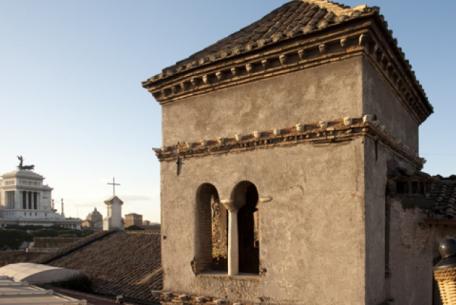
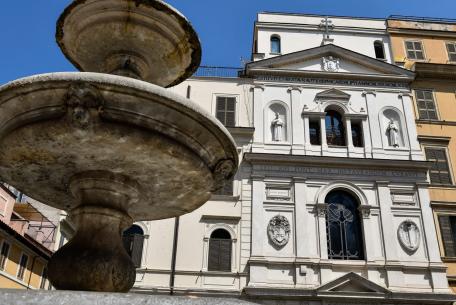
This small ancient Ukrainian Byzantine-rite church is to be found at Piazza Madonna dei Monti
[...]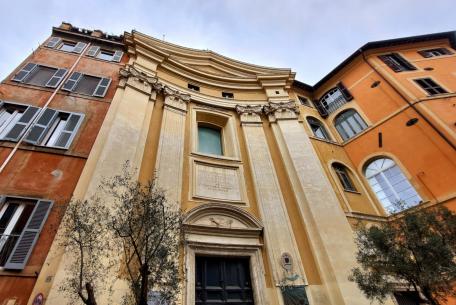
The church stands in the Trastevere district and is mentioned for the first time at the beginning of the 12th
[...]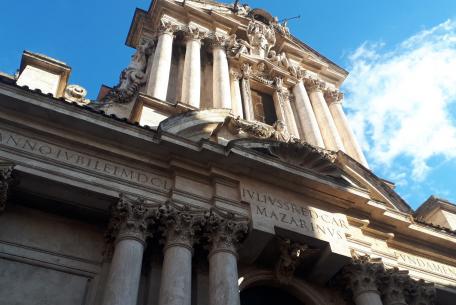
Ironic as he always was in his sonnets, 19th century Roman poet Giuseppe Gioacchino Belli called it a museum “de corate e de sciorcelli”, in short, of entrails, bu
[...]
The small church leaning against the Arch of Gallienus (and now the site of the “parish of Santa Maria Maggiore
[...]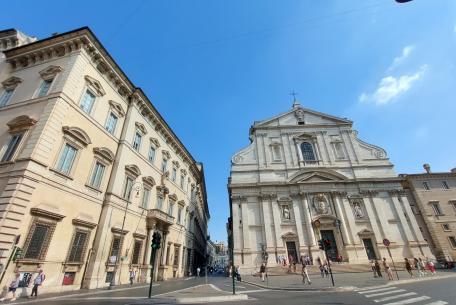
In 1551 Nanni di Baccio Biggio, a Florentine architect, was commissioned by Saint Ignatius of Loyola, to design a church for the Society of Jesus, a Catholic order.

 Condividi
Condividi
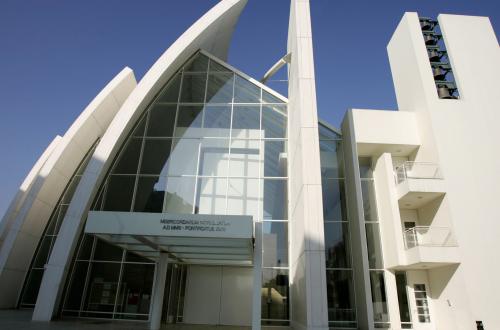
 Condividi
Condividi
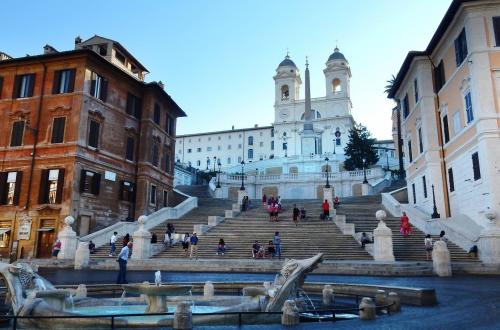
 Condividi
Condividi
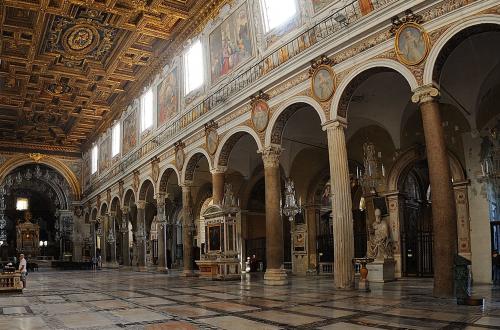
 Condividi
Condividi